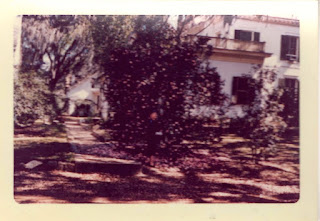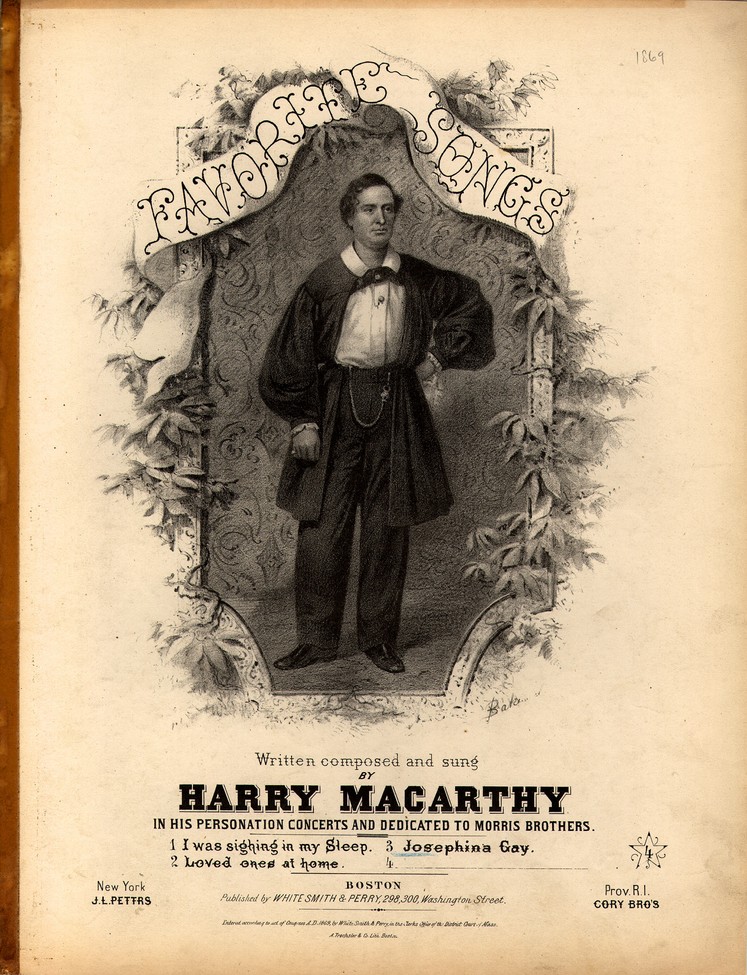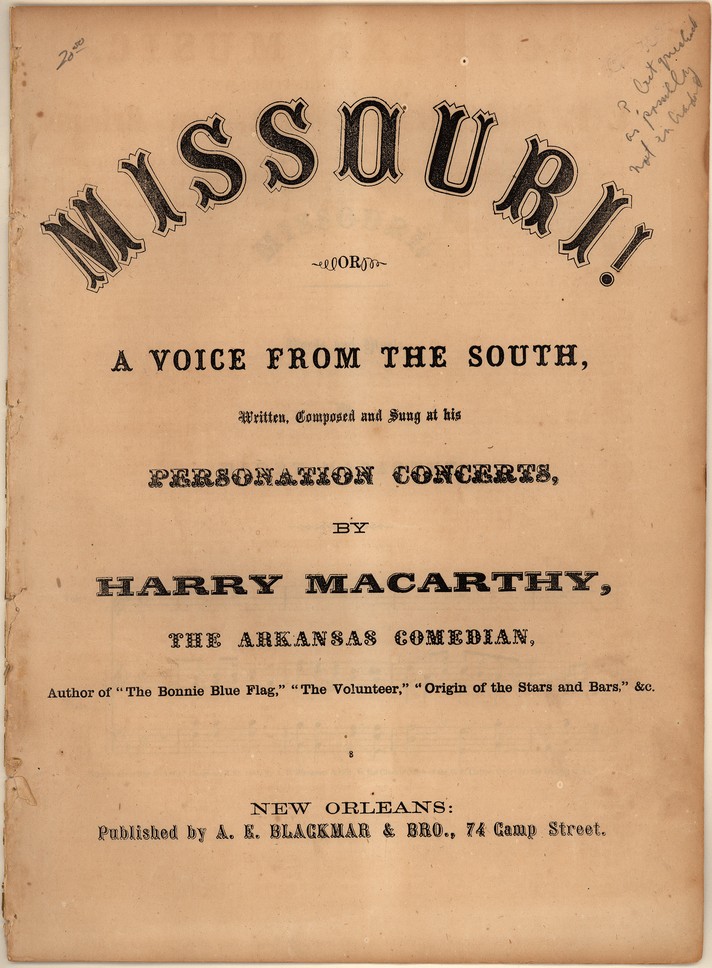DAVID REID McKINNON, M.B, C.M.ABER., F.R.C.S.ENG.
Dr. D.R. McKinnon died at Belize, British Honduras, on October 4th. He was the eldest son of Surgeon-General D.R. McKinnon of the Army Medical Service, and was born at St. Lucia, West Indies, in 1861. He was educated at the Grammar School of Aberdeen and the University, and he entered upon the study of medicine at Marischal College in 1878. After a distinguished undergraduate career he took the degrees of M.B., C.M. with honours in 1882. For two years afterwards he held successively the offices of house-surgeon and house-physician at the Royal Infirmary, Aberdeen.
Proceeding to Vienna in 1884, he spent a year there, paying particular attention to various special branches of medicine and surgery. In 1885 he came to London, and joined the River Ambulance Service of the Metropolitan Asylums Board during the small-pox epidemic of that year. On the subsidence of the epidemic he was appointed medical officer at Bethnall House Lunatic Asylum. During the three years of his connection with the asylum he took advantage of every opportunity of extending his clinical experience, attending the practice of the London Hospital, and for some time holding the post of clinical assistant at the Royal Ophthalmic Hospital, Moorfields. In 1888, he obtained the diploma of Fellow of the Royal College of Surgeons, England. In March of last year he accepted an offer to join a practice in Belize, British Honduras, where he proceeded in the same month. For the last year yellow fever has been rife in that colony, and Dr. McKinnon devoted himself with his wonted enthusiasm to the care of his patients and the close study of the disease. On September 26th he himself showed symptoms of fever, at first resembling those of bilious remittent fever, but soon developing the characteristic features of the more deadly malady. At the end of the week he so far improved that a hopeful prognosis was given by several physicians familiar with the course of yellow fever; but, on the night of October 3rd, pneumonia supervened, and he rapidly lost consciousness, and died on the morning of October 4th.
The news of his death came as a great shock to his numerous friends in London and Scotland. Few men had the faculty of attaching friends in the same degree as David McKinnon, and there are many to mourn the untimely closing of his promising and brilliant career, and the loss of a steadfast and valued friend.












